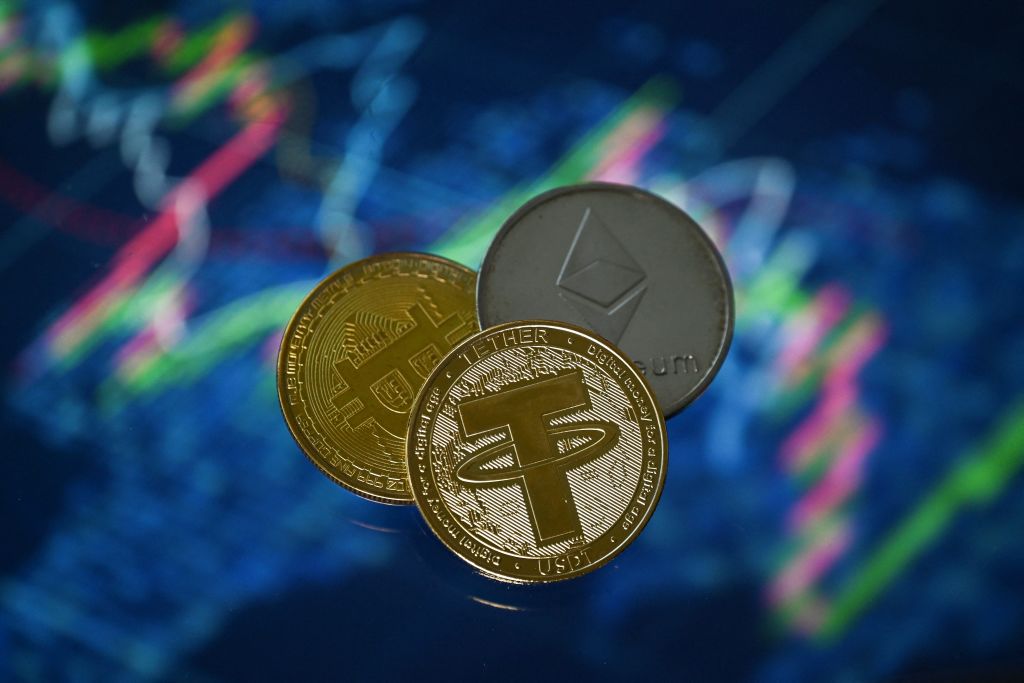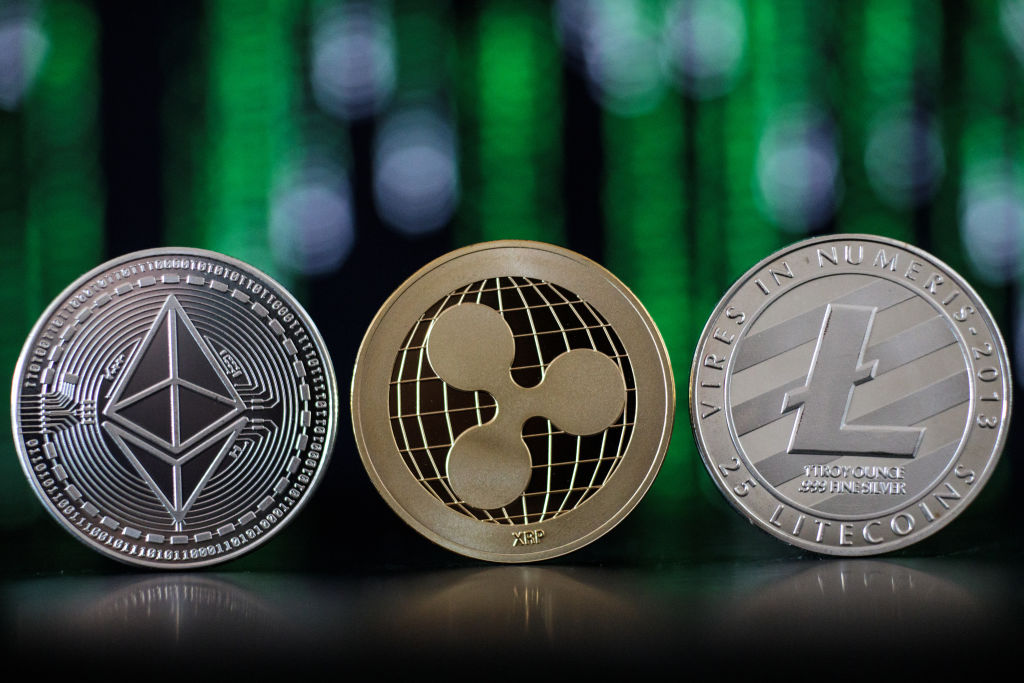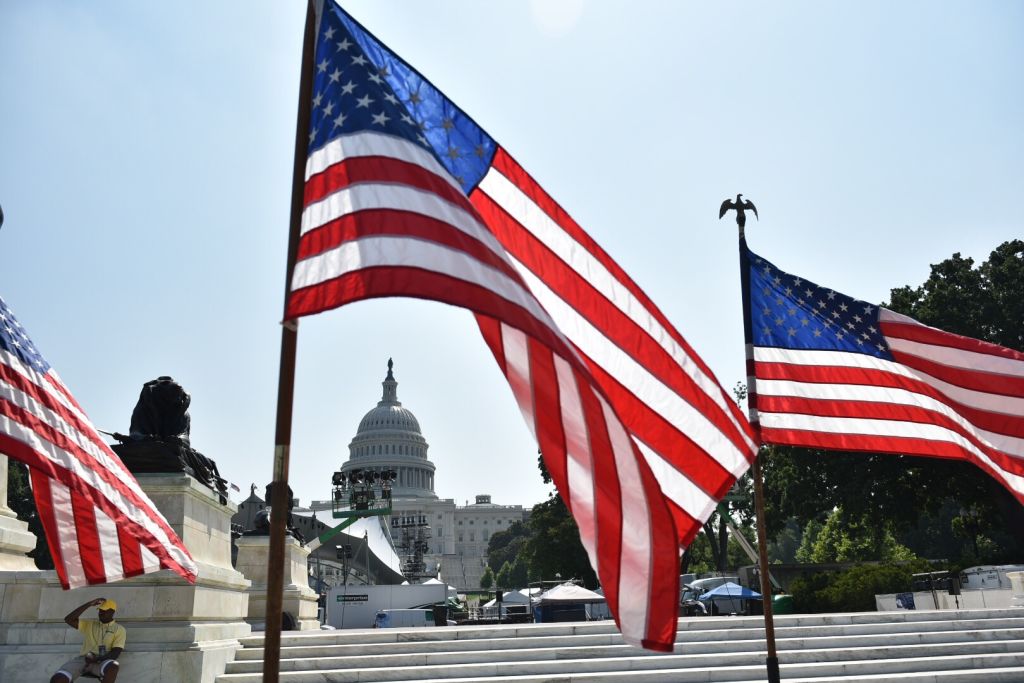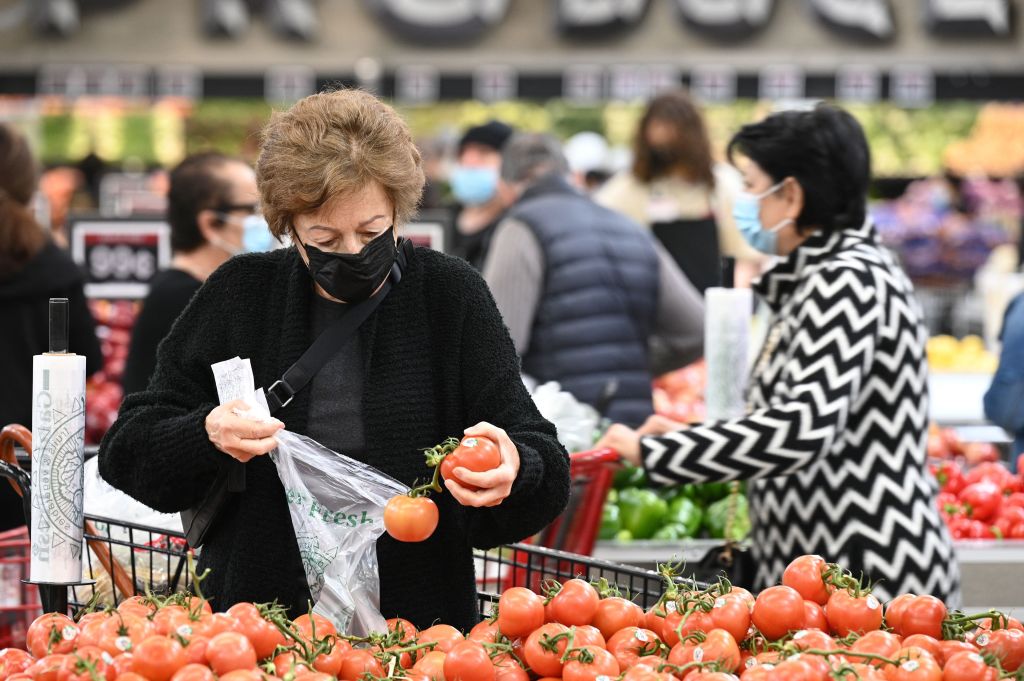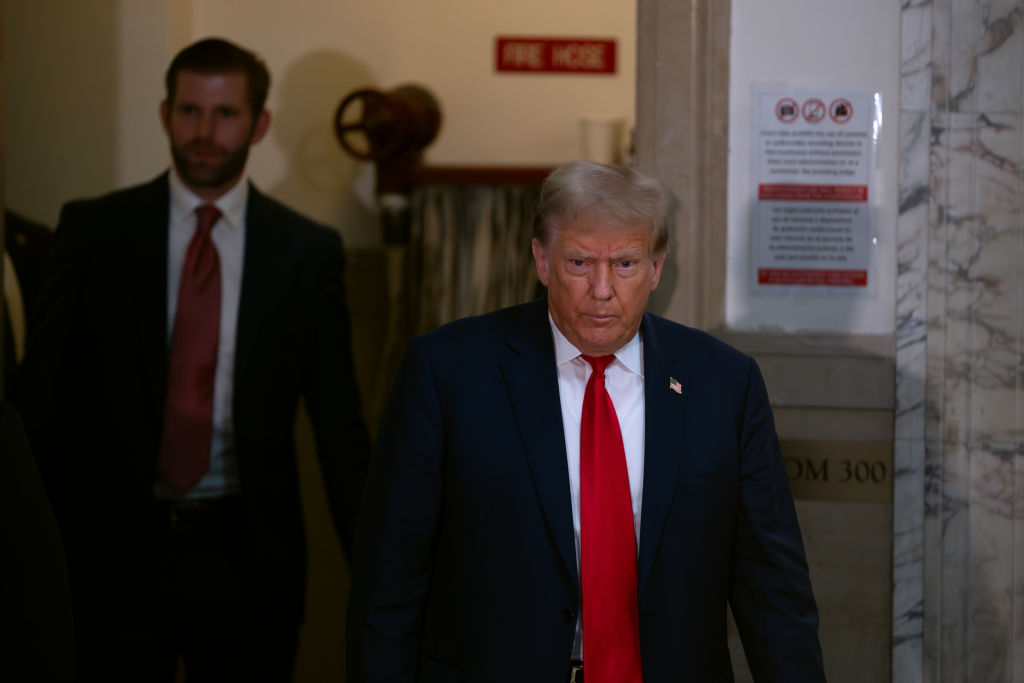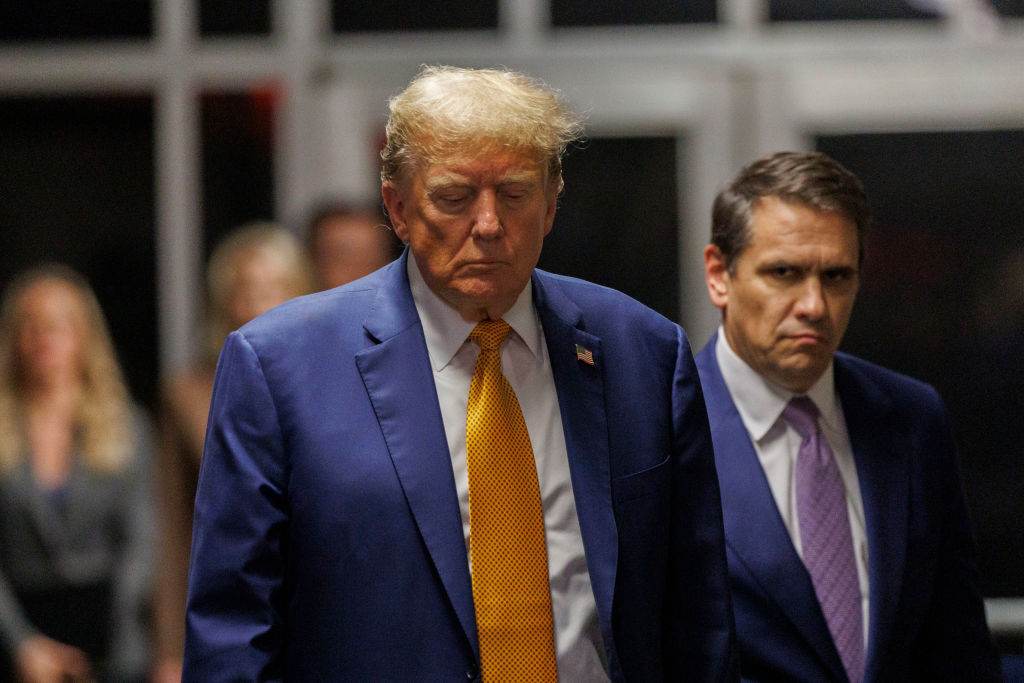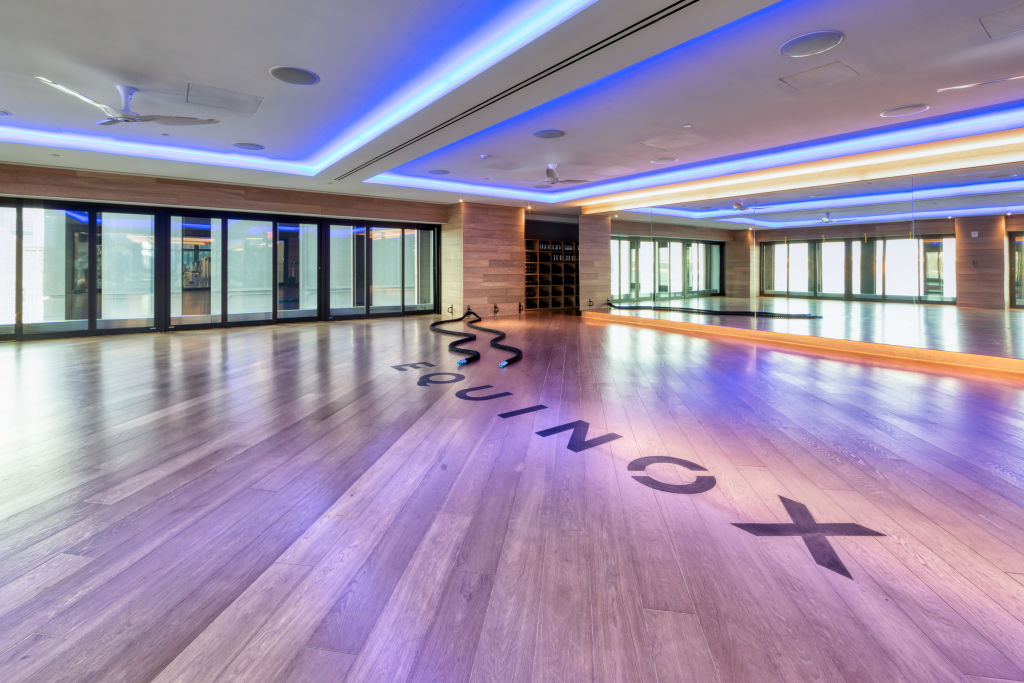US Consumer Optimism Surges as Holiday Shopping Season Gets Underway
The Conference Board, a business research organization, said on Tuesday that its consumer confidence index increased to 102 in November from 99.1 in October.
Analysts predicted a reading of 101. The October reading was reduced from a previous measurement of 102.6.

(Photo : by JEFF KOWALSKY/AFP via Getty Images)
The Conference Board, a business research organization, said on Tuesday that its consumer confidence index increased to 102 in November from 99.1 in October.
The index assesses both current economic circumstances and Americans' expectations for the next six months. The main indicator was lifted by respondents whose six-month outlook improved.
The index assessing Americans' short-term income, company, and job market forecasts increased to 77.8 in November from 72.7 in October. It was, however, the third consecutive rating below 80 for future expectations, which traditionally indicates a recession within a year.
According to the study, Americans' estimates of a recession in the next 12 months have dropped to their lowest level this year. Nonetheless, over two-thirds of those polled foresee a slump by the end of 2024.
Consumer spending accounts for over 70% of total economic activity in the United States, therefore economists pay special attention to consumer behavior when measuring the overall economy.
Consumer spending increased by 0.4% in September, despite rising borrowing prices for Americans.
Following a solid summer, analysts expect consumer spending to decrease in the last three months of the year as credit card debt and delinquencies rise and average savings fall.
Americans did cut down on retail spending in October, capping a six-month streak of growth, albeit the drop was aided in part by lower fuel and auto costs.
Even as they continue to spend, inflation, geopolitical crises, and increasing interest rates remain front of mind for American consumers.
Consumers' assessment of current circumstances fell slightly this month, to 138.2 from 138.6 in October.
Increased Confidence and Resilient Labor Market
Amid signs that inflation was abating, consumers appeared more keen to step up spending over the next six months. The survey showed an increase in the share of consumers intending to buy motor vehicles and major household appliances like refrigerators, washing machines and televisions sets.
While there is no strong correlation between confidence and consumer spending, the rise in buying intentions suggests that consumers should continue to underpin the economy. Data from Adobe Analytics suggest that online consumer spending jumped 7.8% during Cyber Week, or the five days from Thanksgiving through Cyber Monday, outstripping expectations for a 5.4% rise.
Consumer spending remains supported by a resilient labor market. Though job growth has moderated, labor market conditions remain fairly tight by historical norms. The Conference Board's so-called labor market differential, derived from data on respondents' views on whether jobs are plentiful or hard to get, widened slightly to 23.9 this month from 23.8 in October.
A strong labor market continues to encourage consumer spending. Though employment growth has slowed, labor market conditions remain tight by historical standards. The Conference Board's so-called labor market difference, calculated using data on respondents' perceptions of whether employment are plentiful or scarce, increased slightly this month to 23.9 from 23.8 in October.
This metric is related to the unemployment rate reported by the Labor Department in its highly watched employment report. More people, however, stated that it was becoming more difficult to obtain work, which might be a harbinger of impending labor market instability.
Read Also: Debt-Ridden States: The Heaviest Student Loan Burdens in the Nation
Consumer Spending in the US
Consumer spending typically includes expenditures on goods and services and is a key indicator of economic health.
Several factors influence U.S. consumer spending, such as employment rates, wage growth, inflation, and overall economic conditions. Historically, consumer spending has played a vital role in sustaining economic growth, accounting for a significant portion of the country's gross domestic product (GDP).
The COVID-19 pandemic significantly impacted consumer spending patterns. Lockdowns, business closures, and uncertainties led to changes in consumer behavior, with increased online shopping and a shift in spending priorities towards essential goods.
Government stimulus measures, including direct payments to individuals, also played a role in supporting consumer spending during the pandemic. As the situation evolves, factors like employment levels, inflation rates, and overall economic recovery will continue to shape U.S. consumer spending patterns.
Related Article: US Shoppers Get Ahead on Cyber Monday Deals In an Attempt to Save More

